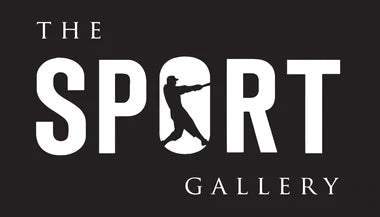It’s 1928, and a Vancouverite has just won gold in the 100 and 200 meter sprints at the Summer Olympic Games in Amsterdam. Pretty cool, right? Percy Williams, who ran locally for the Vancouver Athletic Club, achieved this feat, one that no other Canadian – not even Donavon Bailey – has matched in the many years since.
Williams’ rise was meteoric – he started training seriously only four years before his gold-medal performance, at the age of 16. A year before that he suffered through rheumatic fever, which damaged his heart, and was given instructions to not engage in strenuous physical activity. So, to summarize, a weak young boy from what was then a backwoods city with no real track and field history disregards medical advice and rises to the very top of world-wide athletic success in only a few short years. It’s amazing, really.
We don’t know much about Williams’ youth in Vancouver, but, as stated, he was a member of the Vancouver Athletic Club. The VAC was located downtown at Dunsmuir and Beatty streets, across from a field called the Cambie Street Ground. Various sports were on offer, such as soccer, baseball, boxing, and, of course, track. Indoor sports were played in the clubhouse itself, while the fields across the street were for everything else. Another site was Athletic Park, a wooden stadium located at what is now 5th and Hemlock.
Fortunately there are a some of photos of Williams with the VAC; The club had a great logo, a V with wings on either side, which is emblazoned on his chest. It’s a nice window into this Olympian’s local, grassroots beginnings.
Fast forward to the Games in ‘26... Williams tied the 100m Olympic record (10.6 seconds) twice leading up to the final. And in that final, though he wouldn’t reach that time, he led start to finish. The 200m was two days later, and it was not as easy; Williams found himself trailing behind German runner, but with a late burst he was able to snatch double gold. It was the first and only time a Canadian had won both at the same Games.

Upon his return to Vancouver, Williams received a hero’s welcome. It’s reported that over 25,000 people were there at the downtown train station to celebrate his arrival.
In the following years, Williams toured the Eastern United States on an indoor running circuit, keeping up his world-beating form. He also set a World Record at the Canadian Track and Field Championships in 1930, and won gold in the 100m at the first Commonwealth Games (then known as the British Empire Games). Williams’ last major appearance was for Canada at the 1932 Summer Games in Los Angeles, though he didn’t metal.
Williams’ star fell as fast as it rose. After a short eight-year spell at the top of his sport, he retired from athletic competition, becoming an insurance salesman back in Vancouver. He also flew for the Canadian Air Force during the war, though not in combat. The one-time star led a quiet life, generally, living out of the spotlight with his mother.
Shockingly, Williams died by suicide in 1982, at 74 years old – a tragic end to a life of much importance to sport in Canada.
Today, those looking to learn more about Williams will be a bit hard-pressed. There is a statue in honour outside of BC Place stadium, showing the great runner in his starting pose. Apart from that, limited information can be found through the BC Sports Hall of Fame and the Vancouver Archives.
We do our part at The SPORT Gallery, working with hat makers Nine O’Clock Gun Co. to produce a VAC piece each season, which is displayed with information on and photos of Williams. There is a fair share of folks that learn of his golden feats through visits to our gallery, something we’re proud of!

